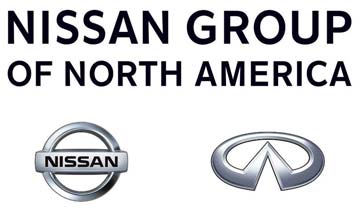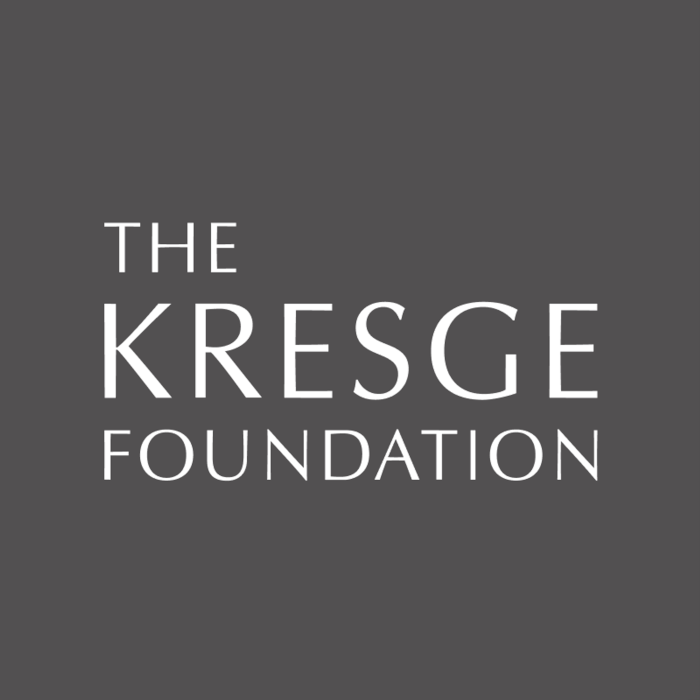8 Tips to Transform Your Meeting into an Experience

Participants’ expectations for events have shifted significantly over the past few years. Now, more than ever, planners must exercise thoughtful efforts to ensure that cultural sensitivity, accessibility and sustainability are parts of their events, creating the ultimate experience for all attendees. Below are eight ways that planners can transform their meetings into an experience.
1. Select Your Site Through a Culturally Authentic Lens
There’s a new term floating around the event industry called “culturally authentic experiences.” A culturally authentic experience is any tourism product, service or experience that offers a visitor a cultural experience in a manner that is appropriate, respectful and true to the indigenous culture being portrayed.
Looking at site selection through this lens takes your criteria one step further and encourages the planner to also look at the land a venue is on and how it came to be acquired by the owner.
2. Get Creative With Transportation
When planning event transportation, lean into your location! Here are a few ways that Special D Events has done this in the past:
- For an event in Detroit, we rented vintage cars to transport attendees to off-site events.
- For an event in Atlanta, we rented pedicabs to move people around town.
- For an event in New Orleans, our off-site venue was a quick walk down the block. Attendees joined a Mardi Gras-type parade and were escorted down the street to the venue.
3. Cultivate Partnerships With Your Corporate Social Responsibility Activities
You never know what can come out of partnerships that you cultivate. For example, we once partnered a local women’s shelter with a local floral company. The floral company provided materials and guidance, and the women’s shelter residents crafted centerpieces for a corporate event. The centerpieces were beautiful, and at the end of the project, one of the women’s shelter members was offered a job by the floral company.
4. Create a Sensory Space for Attendees With Autism Spectrum Disorders
Sensory rooms are designed to provide calm, focus and comfort to people with sensory processing problems. Depending on a client’s budget, these spaces can range from entirely private rooms specifically designed for these attendees to getting creative with the limited space you have.
5. Ensure That Any Event Documents Are Accessible
Make sure any documents that you share at your events are accessible. Microsoft Outlook, Word, Excel, PowerPoint, OneNote and Visio all have an accessibility checker tool to help you with this. The accessibility checker will review your document against a set of rules that identify possible issues for people who have disabilities.
Consider sharing any documents with your attendees prior to the meeting so they can review them in their own time and arrive at your meeting prepared.
6. Make Intentional Decisions for Your Event Design & Setup
Consider the height of tables, especially your buffet tables, ensuring shorter attendees or those individuals in a wheelchair can access all foods. Or, if you do have food items that are on a higher tier that may be inaccessible to some, assign a staff person to each buffet who can step in and help an attendee if necessary.
Provide space for wheelchairs and scooters in the meeting space, not just at the back of the room. Ensure the attendees know where or how to find those spaces that you’ve set aside for them.
When it comes to making these intentional decisions, it’s all about communication. You need to ask your attendees what they need. Do not shy away from these conversations just because they may be a little uncomfortable. Anyone who needs assistance or has a restriction wants to have that conversation with you so they can feel comfortable and confident that their needs are being considered.
7. Help Your First-Time Participants Feel Comfortable & Included
We’ve all been there: we attend an industry event and don’t know anyone. It’s scary to try and walk up to someone new and strike up a conversation. Here are two ideas for what planners can do to help.
1. Setup first-time participant orientations sessions prior to the event so attendees can meet each other and take full advantage of what is being offered.
2. Assign volunteers or staff whose purpose is to find first-time attendees and help them meet new people.
8. Make it Easy for Your Attendees to Help With Your Sustainability Efforts When They’re On-Site
Make it a point to ask participants, as they exit your event, to recycle their name badges. Or encourage attendees to bring their own name badges to wear at your event.
Take out all the guesswork for your participants by labeling waste containers.
All events have the potential to leave a lasting impact on their attendees. If you’re looking for assistance in transforming your next event into an unforgettable experience, don’t hesitate to reach out. We’ll be more than happy to provide our support!













